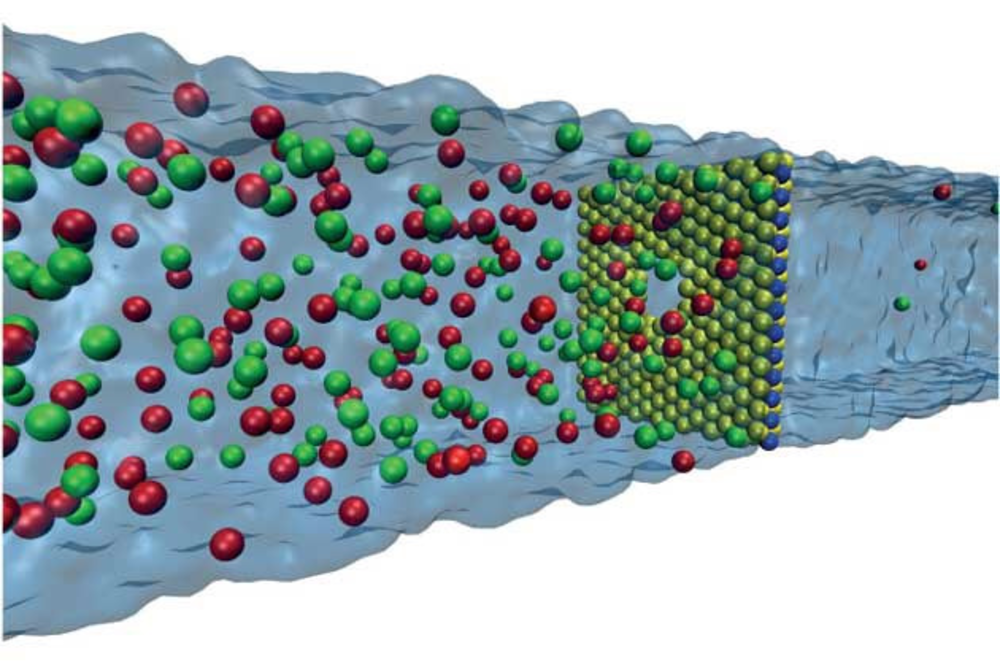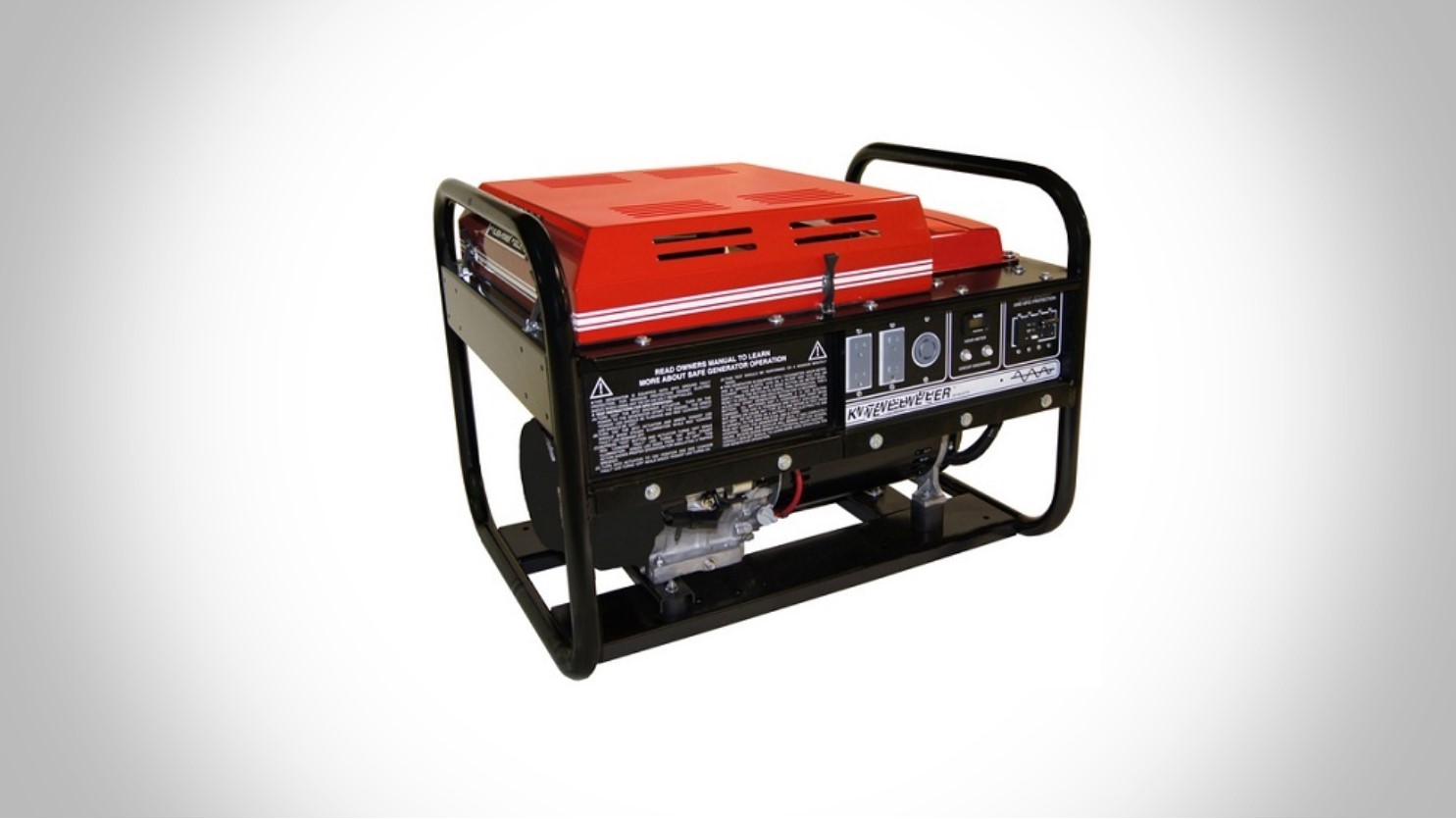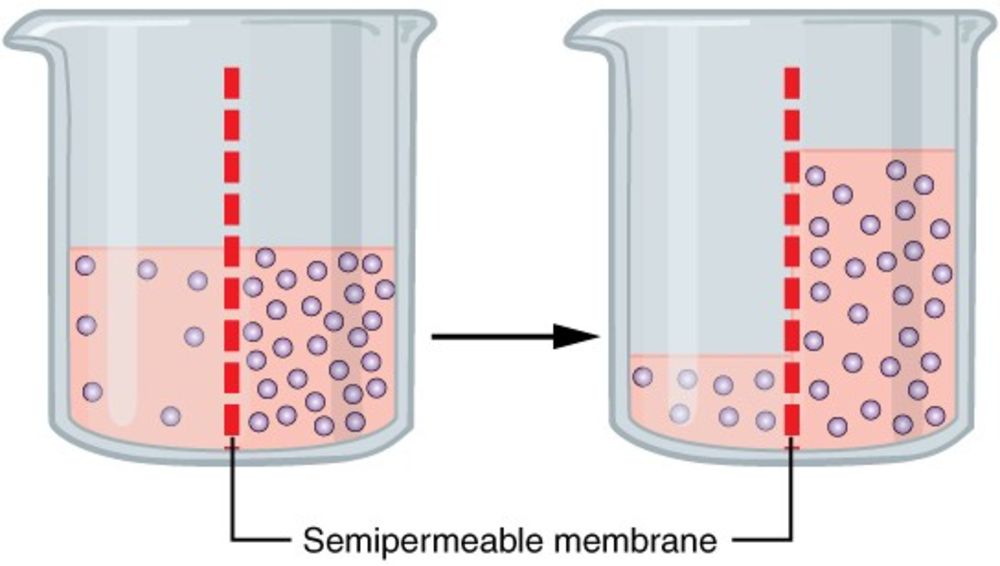Earth’s surface is covered with more water than land; it’s actually 71% water. Of which 96.5% is saltwater existing as oceans, seas, and salt lakes. The remaining 29% is fresh water. However, 68% of that freshwater is locked up underground, leaving 32% freshwater accessible to human consumption. [Source >> usgs.gov/edu/earth]
The 71% of saltwater has greater potential for serving mankind, other than fishing and means of transport. One of which is electrical energy production, and in various forms with varying degrees of economic cost of setting up the plant. One of the cheapest being, producing energy using the osmosis kinetic energy (by atoms) at the intersection of saltwater and freshwater. This source of power has a promising future in producing massive megawatts of electricity. It can equal the efficiency of the commercial fuel generators featured in BestOfMachinery.
From the uninformed eye, the point where a river drains into the ocean or sea has a lot of reaction due to the difference in the two bodies of water salinity levels. New research has found a way to exploit this reaction to create a massive source of electricity.
To appreciate this technology, think of a tub with a semi-permeable membrane at the center. One side of the membrane has a saltwater, while the other has freshwater. Through osmosis, molecules of the fresh water on one side will squeeze through the membrane and into the saltwater. Thus, states the law of equilibrium in osmosis.
As the freshwater molecules enter the other side of the membrane with saline water, the saline water increases in volume as the other side also decreases in volume. If turbines were to be fitted on the side of the saline water, which rises in height as freshwater flows through the membrane. The turbines would produce electrical energy.
The Osmosis Power Generator using Saltwater and Freshwater
Such is the osmosis-exploits that a team of researchers from the United States and Switzerland wants to use at the point rivers meet the salty water to generate electricity. The researchers want to design a customized osmotic power generator with two chambers separated by a membrane that is just three atoms thick. One side of the tank will have a higher concentration of seawater ions, while the other side filled with fresh water from the river waters.

The three-atom membrane will allow positive ions from the freshwater to pass through a single opening and into the seawater chamber. There will be an electrode connecting the two chambers, and with the passing of positive ions from the freshwater chamber and into the seawater chamber. The saltwater chamber will be increasingly positively charged. Triggering electrons transfer from the freshwater chamber through the electrons to the saltwater chamber. Simple law of physics.
The transfer of electrons, which is basically electricity, makes the two-chamber a power generator.
Osmosis Generator is not a new idea, so what’s the innovation here?
Certainly, this team of researchers was not the first to come up with the idea of an osmosis generator. Exploiting the difference of concentration between two fluids to induce flows of electrons thus create electricity is an idea that has been around for a while. However, these researchers have made some innovation that makes the idea commercially viable on a broad scale.
The critical innovation is making an ultra-thin membrane (three-atoms thick to be precise). A membrane with microscopic openings to allow the flow of positive ions from the freshwater chamber to the seawater chamber. Bigger models of the prototype are said could generate an enormous amount of electricity. The researchers were quoted saying they could generate up to 1 megawatt of electricity from a square meter-sized membrane. That would be enough to power about 750 homes.
Osmosis Power Generator beats Solar and Wind Power Generators
This technology could be deployed around the world where freshwater meets saltwater for the production of clean, renewable energy. It is better than solar and wind power, which largely depend on weather and climate conditions to produce energy efficiently. All the osmosis power generator needs is to be strategically located at the intersection of a fresh body of water and salty water to generate electricity.




